Complete Solutions to LEVEL-2 of chapter ALKYL HALIDES (SUBSTITUTION REACTIONS) of Class 12 book with complete answers and questions
| Class 12 | CHEMISTRY |
| Chapter | ALKYL HALIDES (SUBSTITUTION REACTIONS) |
| MS CHOUHAN | LEVEL-2 |
| Number Of Questions | 41 |
| Academic Year | 2023-24 |
The order of the nucleophilicity of `F^(-) ,Cl^(-), Br^(-) and I^(-)` in protic solvents is
View SolutionStatement - 1 : `CH_(3) - CH_(2) - Cl + NaI("Acetone") rarr CH_(3) - CH_(2) - I + NaCldarr`
Statement- 2 : Acetone is polar-protic solvent and solubility order of sodium halides decreases dramatically in order Nal > NaBr > NaCl. The last being virtually insoluble in this solvent and a `1^(@)` and `2^(@)` chloro alkane in acetone is completely driven to the side of Iodoalkane by the precipitation reaction.
View SolutionEncircle whichever of the following:
View SolutionEncircle whichever of the following:
undergoes and `S_(N^2)` reaction more rapidly, `CH_3 - Br or CH_3 or CH_3- overset(Br)overset(|)CH-CH_3`
View SolutionEncircle whichever of the following:
undergoes and `S_(N^1)` reaction more rapidly, `CH_3- Br or CH_3 - overset(Br) overset(|)CH-CH_3`
View SolutionEncircle whichever of the following:
undergoes an `E_2` reaction to give (Z) - 1,2 - diphenylpropene :


View SolutionEncircle whichever of the following:
reacts with Nal to give (Z) - 1,2 diphenylpropene :

View SolutionEncircle whichever of the following:
undergoes and `S_(N^(1))` reaction more rapidly,
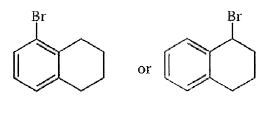
View SolutionEncircle whichever of the following :
undergoes and `S_(N^2)` reaction more rapidly :
View SolutionEncircle whichever of the following :
undergoes an `E_1` reaction more rapidly :
View SolutionEncircle whichever of the following :
undergoes an `S_(N^1)` reaction more rapidly :

View SolutionEncircle whichever of the following :
undergoes an `S_(N^2)` reaction more rapidly :
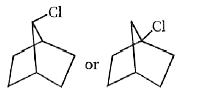
View SolutionEncircle whichever of the following :
undergoes an `E_2` reaction more rapidly :

View SolutionMatch the column :

View SolutionMatrix :

View SolutionEncircle whichever of the following :
undergoes an `S_(N^2)` reaction more rapidly :

View SolutionEncircle whichever of the following :
undergoes an `S_(N^1)` reaction more rapidly :
`(CH_3)_3C-Br or (CH_3)_3C-I`
View SolutionEncircle whichever of the following :
undergoes an `S_(N^1)` reaction more rapidly ,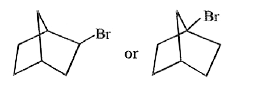
View SolutionReativity : Circle the reaction that reacts FASTER by `S_(N^2)` in each pair ,

View SolutionConsider the potential energy diagram given below

(X) Name the positions A-D
(Y) Answer the following quesitons :
(i) Both reacti0n pathways are :
(ii) Which step is the determining step (RDS) ?
(iii) Which product is most stable ?
(iv) In accordance with Hammonds postulate, exothermic reactions tend to have
View SolutionSelect whether the following combinations of reactants will react by substitution `(S_(N^1) or S_(N^2)` mechanism) elimination `(E_1 or E_2` mechanism)

View SolutionSelect whether the following combinations of reactants will react by substitution `(S_(N^1) or S_(N^2)` mechanism) elimination `(E_1 or E_2` mechanism)

View SolutionSelect whether the following combinations of reactants will react by substitution `(S_(N^1) or S_(N^2)` mechanism) elimination `(E_1 or E_2` mechanism)

View SolutionSelect whether the following combinations of reactants will react by substitution `(S_(N^1) or S_(N^2)` mechanism) elimination `(E_1 or E_2` mechanism)

View SolutionSelect whether the following combinations of reactants will react by substitution `(S_(N^1) or S_(N^2)` mechanism) elimination `(E_1 or E_2` mechanism)

View SolutionSelect whether the following combinations of reactants will react by substitution `(S_(N^1) or S_(N^2)` mechanism) elimination `(E_1 or E_2` mechanism)
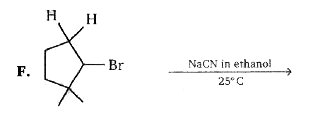
View SolutionSelect whether the following combinations of reactants will react by substitution `(S_(N^1) or S_(N^2)` mechanism) elimination `(E_1 or E_2` mechanism)

View SolutionExamine the ten structural formulas shown in fig. & select that satify each of the following conditions. Write one or more (a through J) in each answer box.

A. Which compounds give and `S_(N^2)` substitution reaction on treatment with alcoholic NaSH ?
B. Which compounds give and `E_2` elimation reaction on treatment with alcoholic KOH ?
C. Which compounds do not react under either of the previous reaction conditions ?
View SolutionSelect which reaction from the following reaction pairs will occur faster.

View SolutionSelect which reaction from the following reaction pairs will occur faster.

View SolutionSelect which reaction from the following reaction pairs will occur faster.

View SolutionSelect which reaction from the following reaction pairs will occur faster.

View SolutionSelect which reaction from the following reaction pairs will occur faster.
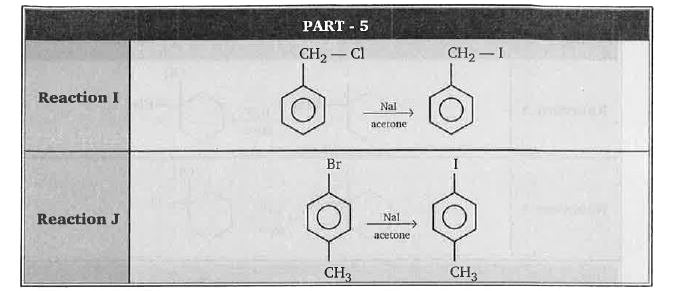
View SolutionTick your answer in the given box.

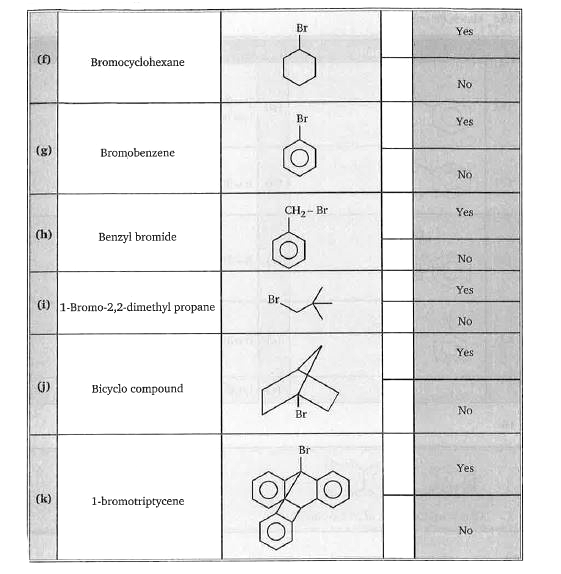
View SolutionMatch the column :

View Solution
View Solution
View Solution
View SolutionChoose the one compound within each set the meets the indicated criterion :
View SolutionComprehension
The first demonstration of the stereochemistry of the `S_(N^2)` reaction was carried out in 1934 by Prof. E.D Hughes and his colleagues at the University of London. They allowed (R) -2- iodooctane to react with radioactive iodide ion `(""^(**)I-)`

The rate of substitution (rate constant `K_5`) was determined by measuring the rate of incorporation of radioactivity into the alkyl halide. The rate of loss of optical acitivity from the alkyl halide (rate constant `K_0`) was also determined under the same conditions:
What ratio `K_0//K_s` is predicted for each of the following stereochemical scenarios :
For inversion reaction :
View SolutionComprehension
The first demonstration of the stereochemistry of the `S_(N^2)` reaction was carried out in 1934 by Prof. E.D Hughes and his colleagues at the University of London. They allowed (R) -2- iodooctane to react with radioactive iodide ion `(""^(**)I-)`

The rate of substitution (rate constant `K_5`) was determined by measuring the rate of incorporation of radioactivity into the alkyl halide. The rate of loss of optical acitivity from the alkyl halide (rate constant `K_0`) was also determined under the same conditions:
What ratio `K_0//K_s` is predicted for each of the following stereochemical scenarios :
For equal amounts of both retention and inversion ?
View Solution
LEVEL-2 questions and complete solutions for chapter ALKYL HALIDES (SUBSTITUTION REACTIONS) of MS CHOUHAN of Class 12